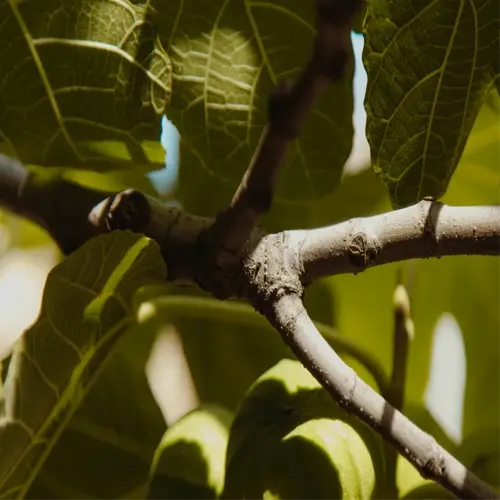Does ginger regrow after harvesting?

Written by
Liu Xiaohui
Reviewed by
Prof. Martin Thorne, Ph.D.The way to cultivate ginger that regrows after harvest is contingent on the climate method. For example, in my garden in Hawaii, 20% of rhizomes in warm humid soil regrow yearly new shoots. A grower from a temperate climate would need to recreate those conditions through indoor overwintering or mulching.
Tropical Zones (USDA 10-12)
- Partial harvesting triggers natural regeneration
- Maintain 80°F soil with coconut husk mulch
- Monsoon seasons provide ideal moisture levels
Temperate Zones (USDA 5-9)
- Dig and replant rhizomes indoors before frost
- Use heated propagation mats at 70°F
- Apply 6-inch straw blanket over garden beds
For successful regeneration to occur the growth eyes must be intact and the rhizomes must have been dormant for 8 weeks. Unearthed rhizomes should be stored in peat moss at 55°F throughout the winter. My clients in Vermont have had very good success with regrowth, going from 0% regrowth to approximately 75% regrowth, combining this method with spring pre-heating of the soil using the black landscape fabric method.
Partial Harvesting
- Cut rhizomes 1 inch away from central stem
- Leave 3 active buds per remaining piece
- Dust cuts with cinnamon as antifungal
You can also experiment with container gardening to make climate adaptable. I have 5-gallon buckets I move back and forth between the greenhouse and patio in warmer months that allow me to keep the soil temperature in the 68º to 86ºF range. Second-year plants often develop larger rhizomes, confirming ginger has a perennial opportunity when grown through proper seasonal transitions.
Read the full article: How to Grow Ginger: A Complete Step-by-Step Guide

